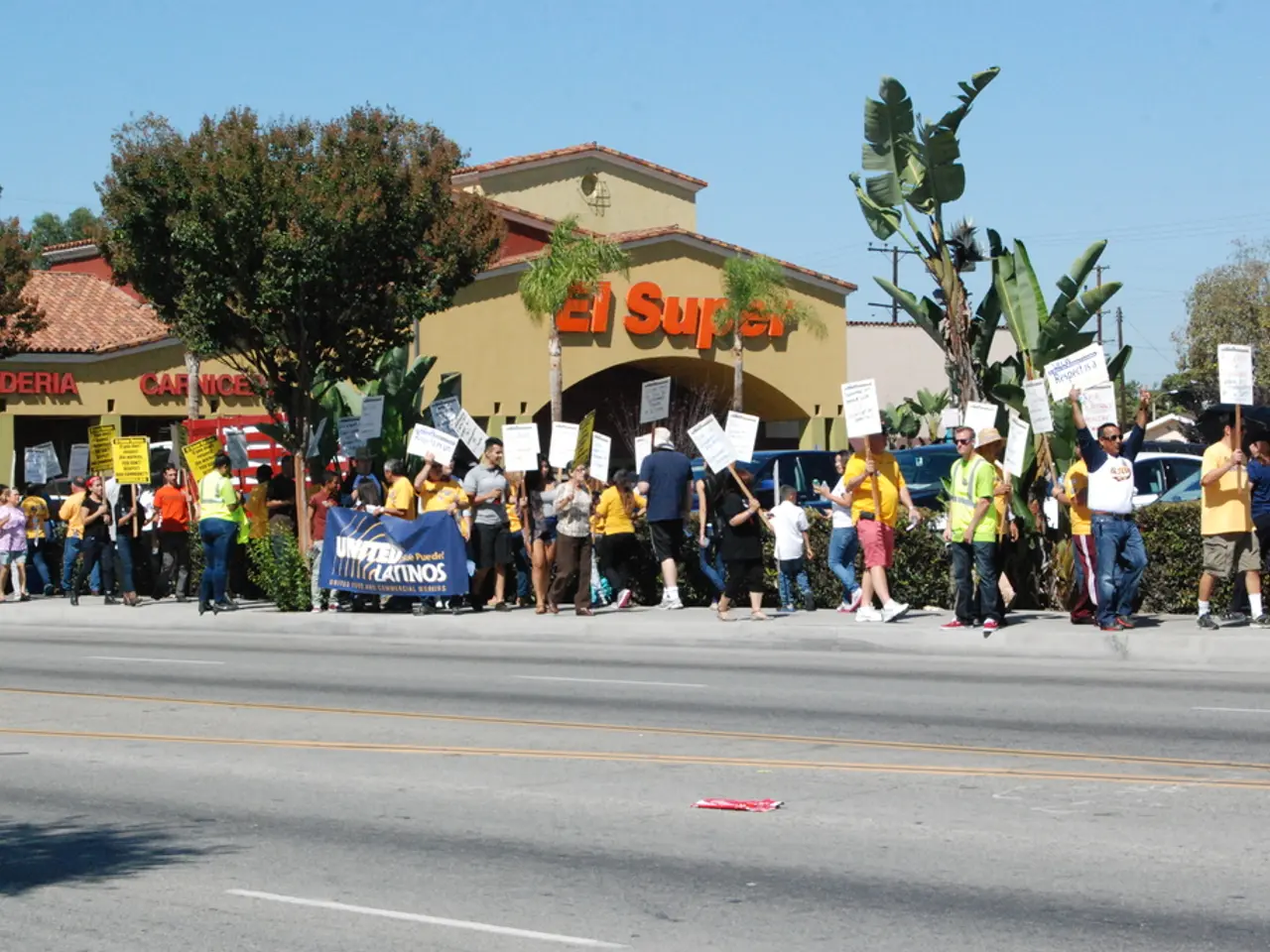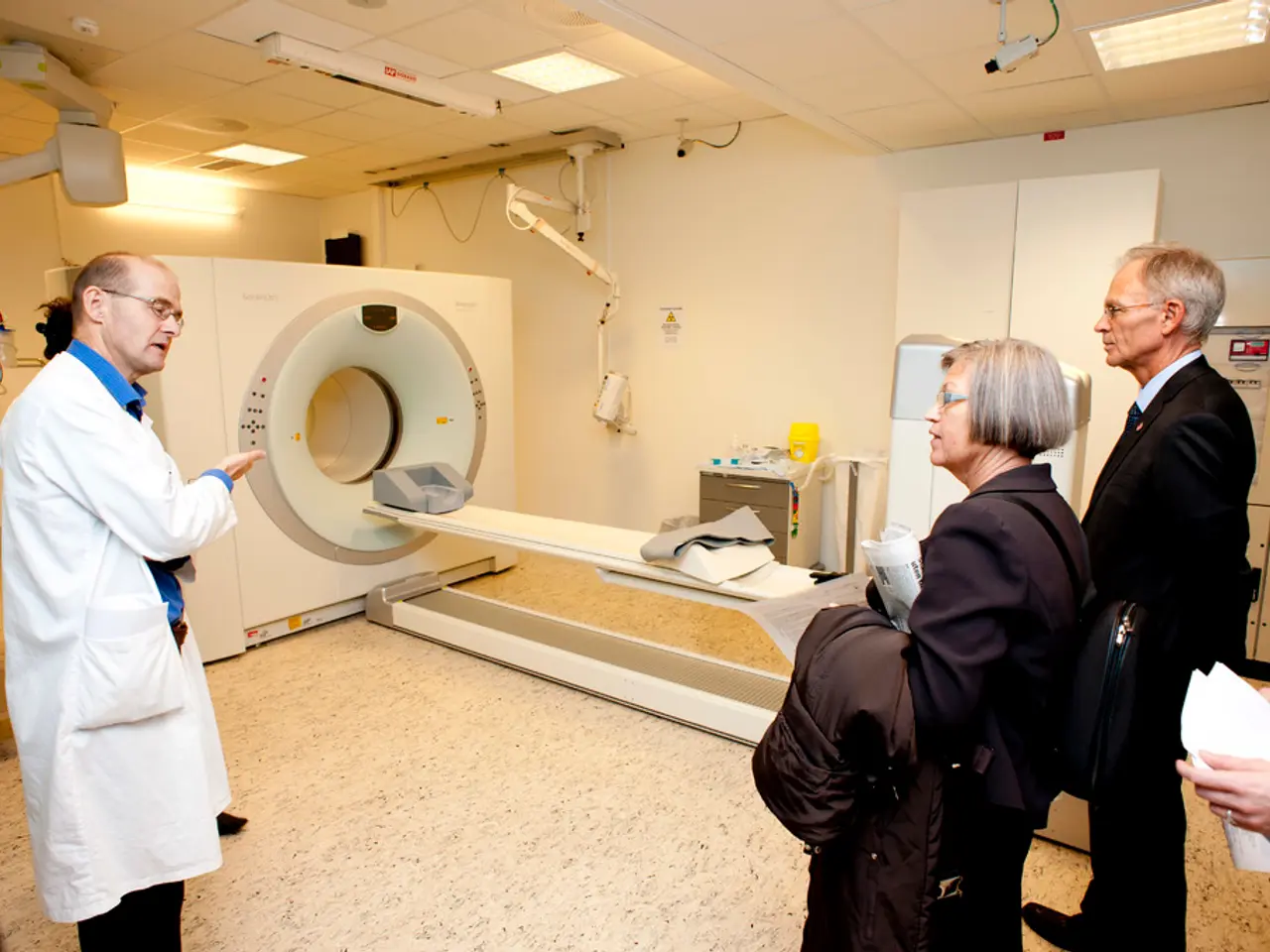Syria's Path Toward Stability Post-Assad Regime
In January 2019, Iran and Syria signed agreements to bolster long-term strategic economic cooperation. However, the political landscape of Syria has undergone a significant shift since then, with Hayat Tahrir al-Sham (HTS) emerging as the dominant force in the country.
Originally an affiliate of al-Qaeda, HTS has rebranded and distanced itself from global jihadism since 2016–2017. The U.S. officially removed HTS from its Foreign Terrorist Organization list in July 2025, recognising the group’s new role in Syria's transitional government and the government’s stated commitment to combat terrorism broadly.
As of mid-2025, HTS is the dominant political and military force in Syria, having overthrown Bashar al-Assad’s regime in December 2024 and established a transitional government led by Ahmed al-Sharaa, the former HTS leader now serving as interim president.
The HTS-led transitional government has taken steps to build institutional legitimacy, including reinstating judges who had defected under Assad, seeking integration of armed groups into a new national army, and attempting to restore rule of law and transitional justice mechanisms. However, the group’s Islamist character raises regional tensions, with clashes occurring between HTS and minority communities, worsening sectarian tensions and causing displacement and humanitarian challenges.
Politically, the government has suspended the existing constitution and plans to draft a new one and hold elections within approximately four years. However, concerns exist about prolonged uncertainty and governance. The regime change has drawn in regional powers anew, with Russia and Iran opposed to HTS efforts, and Turkey supporting militant groups allied with HTS in northwestern Syria, keeping Syria’s security situation unstable and conflict-prone.
HTS is cautiously engaging with Western and regional actors to rebuild trust, manage security concerns, and negotiate with Israel regarding hostilities and buffer zones. The US has eased some restrictions on Syria, broadening the scope of permitted activities relating to providing essential services and continuity of governance functions. Russia is actively cultivating relationships with Syria's new leadership to secure its military presence and position for potentially lucrative reconstruction contracts. The EU foreign ministers have agreed to a structured "roadmap" for eliminating restrictions that most significantly obstruct Syria's early recovery, with the first sanctions likely to be eased concerning the banking, energy, and transport sectors.
However, underlying conflicts and external geopolitical rivalries continue to threaten long-term stability. The capital Damascus fell eight days after rebel forces led by HTS captured Aleppo, marking the end of Syria’s thirteen-year civil war. The conflict has resulted in the loss of over 600,000 lives and displaced more than half of Syria’s population. Iran has invested an estimated 30-50 billion dollars in Syria over the past thirteen years.
In summary, HTS controls much of Syria’s key urban centers and acts as the principal authority. However, its Islamist roots and the fragility of transitional governance and sectarian divisions pose ongoing challenges to Syria’s political stability and recovery efforts. The group’s newly acquired international recognition and the transitional government's rebuilding initiatives may offer some prospects for Syria’s reintegration; however, underlying conflicts and external geopolitical rivalries continue to threaten long-term stability.
- Coverage of general news may include an analysis of the ongoing political and military dominance of Hayat Tahrir al-Sham (HTS) in Syria, given their role in the country's transitional government and their interactions with regional powers, which contribute to the continued instability in Syria as a result of war-and-conflicts and persistent geopolitical rivalries.
- Given the transition of power in Syria and the emergence of HTS as the dominant force, politics in Syria are marked by the group's negotiations with Western and regional actors, as well as external geopolitical conflicts, all of which pose ongoing challenges to Syria's political stability and recovery efforts, while also influencing the broader landscape of war-and-conflicts and global politics.








